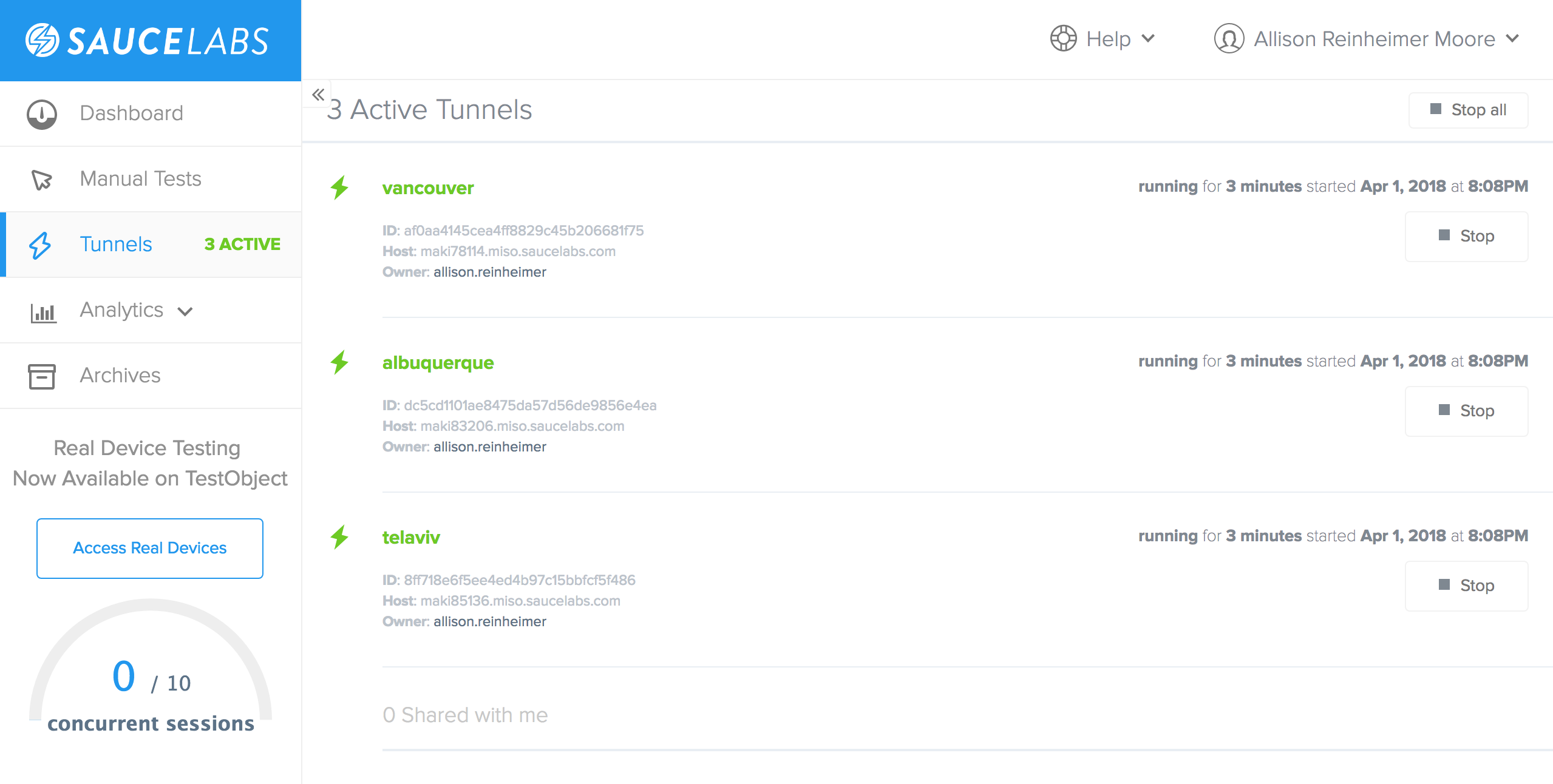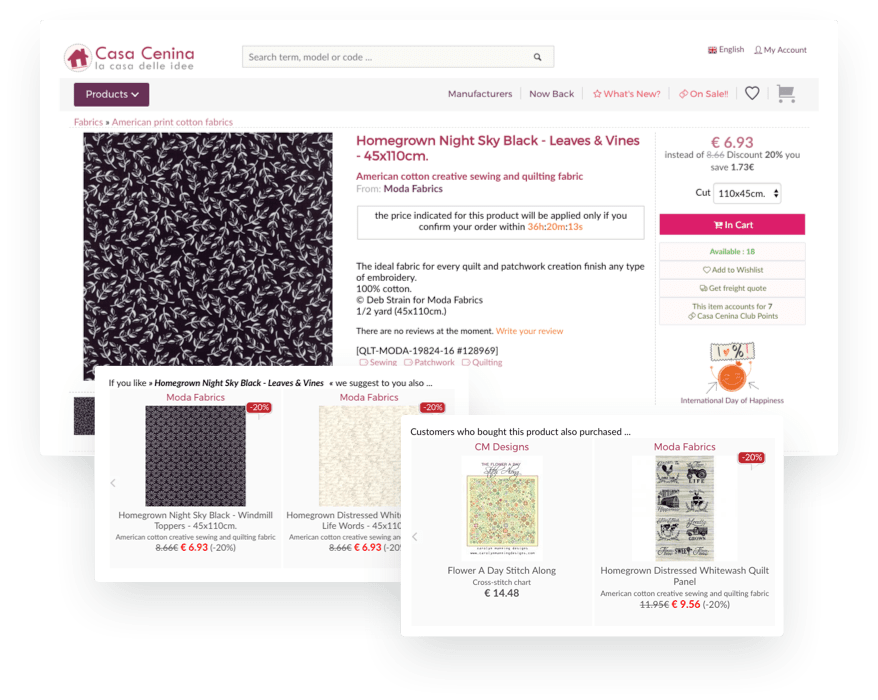3 Ways to Personalize Your User Experience
Many websites and apps are designed from a business perspective rather than a user perspective. While it's always good to have a clear vision, it's more important to ensure that the vision is fulfilling a real need. This means developing websites and apps that solve a problem, as well as helping the user understand and implement the solution.
The Aberdeen Group found that 75 percent of customers prefer having personalized messages and offers from brands, while 88 percent of consumers stated that they're more likely to buy from a store that offers a personalized experience. Personalization is the key to driving a great user experience and maximizing business outcomes.
Let's take a look at three ways to personalize the user experience in order to maximize conversion rates, customer retention and other key performance metrics.
Getting Started
It's easy to personalize the user experience for authenticated users with a long history. For example, an ecommerce shop can easily look at a seasoned shopper's purchase history to make effective recommendations. The challenge is personalizing the user experience when you have very little information about a visitor.
There are many ways to gather useful background information about unknown user:
- Location - A user's location can be easily approximated by looking at their IP address. There are many different geolocation databases that can match IP addresses with locations to help personalize the user experience based on location.
- Browser - A user's browser may provide some indication of their preferences. For example, a user's preferred language can be easily found on the server by looking at the
Accept-Languageheader of any HTTP request. - Analytics - Aggregate user behavior can be analyzed to help predict what individual users want to accomplish. For example, ecommerce website can guess what products customers are likely to buy for a given search query based on aggregate data.
- Fingerprint - Social media or analytics websites, such as Facebook or Google, may track a user's tastes and preferences using fingerprinting techniques, which can provide broader insights that can be used to personalize the user experience.
#1. Localization
Localization is the process of adapting content for a specific location or market. The most obvious example is a website detecting a user's location or language preferences and showing the website in their native language — but that's just scratching the surface of what's possible.
Suppose that you run an ecommerce shop selling sports memorabilia. You probably wouldn't want to promote a Green Bay Packers jersey to a visitor from Minnesota or a Red Sox hat to a visitor from New York. You'd have a much better conversion rate by promoting the local team's merchandise rather than that of their competitors.
There are many different things that you can optimize knowing a visitor's location:
- Text - Change text elements to different languages or variations that are targeted to a specific market, including the language or terminology.
- Images - Use different images based on the season or preferences for a given target market, including background images or product images.
- Promotions - Update promotions based on the visitor's location to maximize conversion rates. For instance, you can promote surfboards in California and skis in Colorado.
- Payments & Shipping - Offer certain payment or shipping promotions to certain countries, such as free shipping in the USA or AliPay in China.
 WonderProxy’s integration with Sauce Labs
WonderProxy’s integration with Sauce Labs
WonderProxy helps you incorporate localization into your automated test suite and/or run manual quality assurance with a reliable proxy or virtual private network (VPN). With a network of more than 250 proxy servers across more than 87 countries, you can easily ensure that the right messages are showing in the right locations, while a VPN server is provided with each account.
Unlike many other proxy servers, WonderProxy doesn’t show any ads that could interfere with automated tests and each server is optimized for speed and reliability. You can easily integrate with SauceLabs to quickly test application code across different locations in Selenium.
#2. Marketing Automation
Marketing automation is the process of managing marketing professes and campaigns across multiple channels without the need to handle everything manually. In addition, many marketing automation platforms track website clicks, email clicks/opens and other metrics to automatically drill down into a customer's preferences.
Suppose that the same sports memorabilia retailer sends out a promotional email. Rather than blasting out the same email sequence to every subscriber, they could use marketing automation to track clicks and segment their email list by customers interested in jerseys and customers interested in hats, and then target those customers with specific offers.
There are several ways to leverage these tools to improve personalization:
- Map the Process - Create a detailed map that outlines the desired actions that you'd like users to take, different variations they could take and contingency plans in each case, and use that data to map out your strategy to convert them.
- Incorporate Web Analytics - Integrate web analytics with your marketing automation platform to track subscriber preferences after they interact with your emails. That way, you can target them even more accurately than tracking email-only clicks.
- Always Be Testing - Test different emails or messages at all times to optimize for the best results, as well as explore different opportunities to segment the list. A/B tests are the key to optimizing conversion rates over time.
#3. Recommendation Engines
Google Analytics is one of the most underutilized software tools in marketing. While most people look at headline page views, there is much more interesting data under the surface that provides hints into user behavior. These data points can help you customize the user experience without even knowing the individual user.
Suppose that an ecommerce shop tracks searches and conversion funnels in Google Analytics, they could look at the highest converting products for each search term and reorganize products in search results or category pages based on those criteria to improve your conversion rates. All of this can be done without even knowing the individual user.
 Recombee in action with recommended products. Source: Recombee
Recombee in action with recommended products. Source: Recombee
Google Analytics is just one of many tools that can be used to personalize websites based on aggregate data:
- Elasticsearch - Elasticsearch is a free search library that supports the construction of product recommendation engines. With some custom code, it's possible to predict what products customers are looking for based on searches.
- Recombee - Recombee is an AI-powered recommendation engine that can be used for everything from ecommerce to job boards to videos. You can easily improve the user experience without the need to build a system from scratch.
- Recolize - Recolize is a plug-and-play personalization engine that supports all kinds of different data types and offers extensive integrations, including WordPress, Shopify, Magento, WooCommerce and other platforms.
The Bottom Line
There's no doubt that personalization helps improve the user experience and drive better conversions and improved retention. By implementing the three strategies covered above, you can create a better user experience and improve business outcomes. There are many tools to make the process easier and faster than ever before.
Explore WonderProxy to discover how to automate localization tests with more than 250 servers across more than 87 countries.